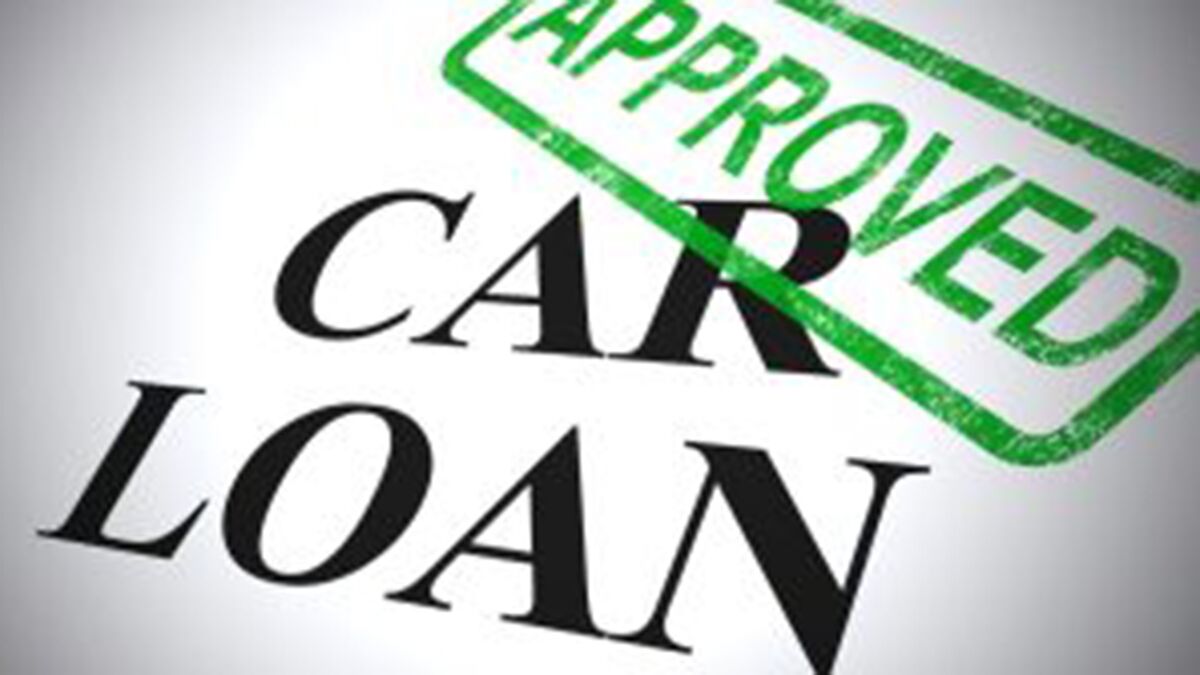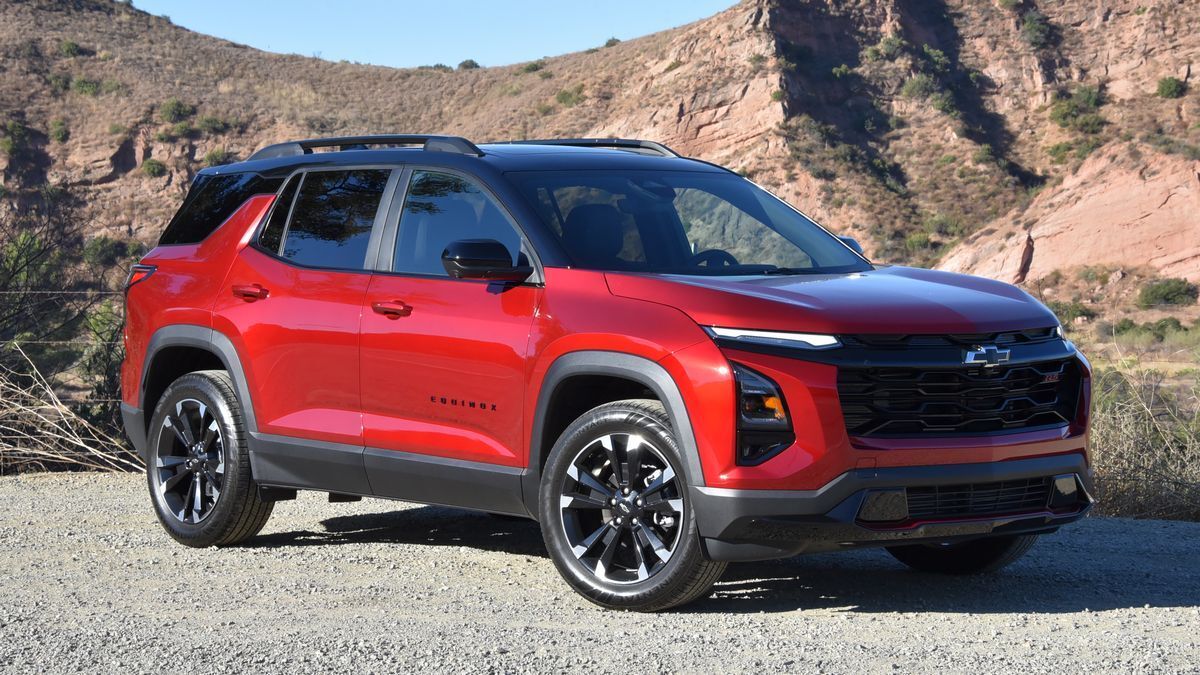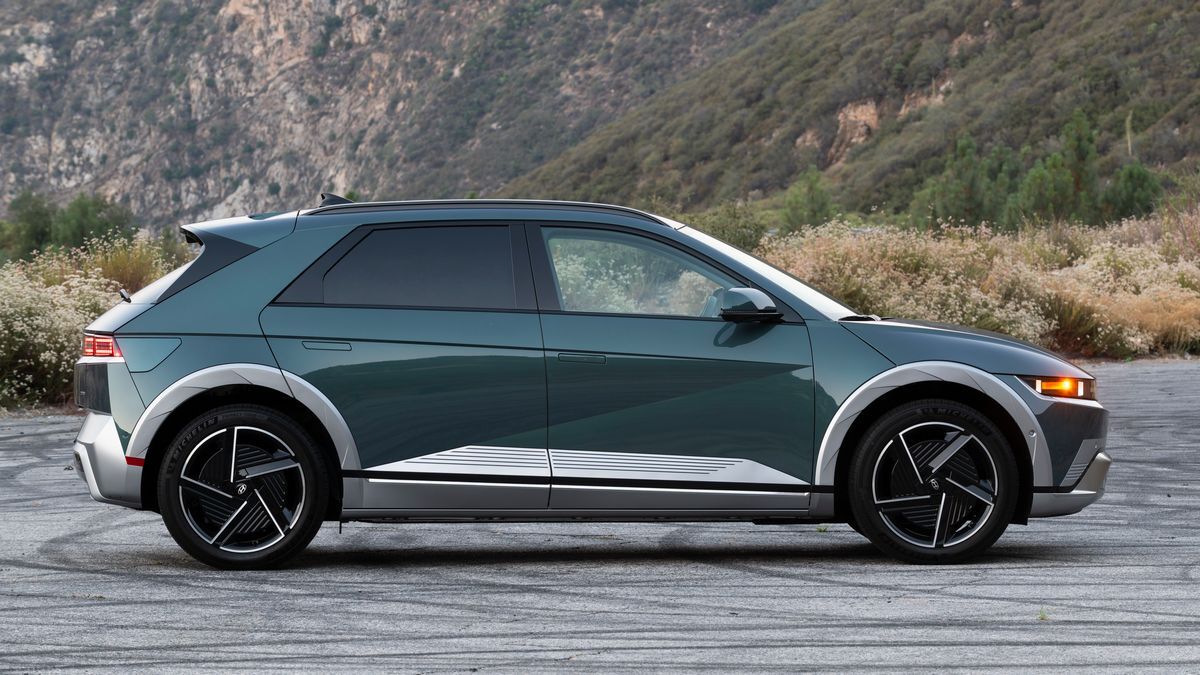
The Federal Open Market Committee of the U.S. Federal Reserve, commonly called “the Fed,” controls the interest rate for overnight loans between banks. Changes in that rate lead to changes in interest rates on consumer loans, such as mortgages and car loans.
“Given how far we have come, it may make sense for rates to move higher but at a more moderate pace,” said Fed Chairman Jerome Powell. “It’s just the idea that we’re trying to get this right.”
Cox Automotive Chief Economist Jonathan Smoke says that another increase might not filter through to those applying for a new car loan. “The good news for consumers is that the rates on auto loans may not worsen despite the threat of another rate increase from the Fed,” he said.
Cox Automotive is the parent company of Kelley Blue Book.
New Car Borrowers Seeing Stable Rates
“The rates consumers pay on auto loans are more tied to bond yields and yield spreads than the Fed Funds Rate, and both of those appear to have peaked earlier in the year,” Smoke continues.
Automakers have also started to recover from an inventory crisis and are now competing with each other by offering incentives and discounts again. Borrowers with good credit can often find a more attractive rate thanks to subsidies provided by competing carmakers.
“The average interest rate for a new auto loan has been flirting with 9% since March but has resisted going above that level,” he notes.
Used Car Rates Coming Down Slowly From Historic High
“We have seen more pain in the used-vehicle market,” Smoke cautions. The average interest rate for a used car loan hit 14% in March. That has come down slightly this month, hitting 13.6% in June. But that remains 3.3 points higher than a year ago.
Related: Why the Used Car Market Is So Bad, and Won’t Get Better Soon
Car dealers have been paying less for used cars at auction. When wholesale prices decline, retail prices usually follow within six to eight weeks. “As rates stop increasing and prices decrease, affordable used-vehicle payments will eventually come within reach,” Smoke says.
However, rates are near a 20-year high, and a recent Cox Automotive survey shows that car dealers across the industry say the economy and high interest rates are holding back their business.
That could mean the current pattern is likely to stay with us for a while, Smoke says. “Neither demand nor supply is likely to change much in the coming weeks and months,” and with the Fed moving to smaller future rate hikes, “prices are not likely to decline much.”







